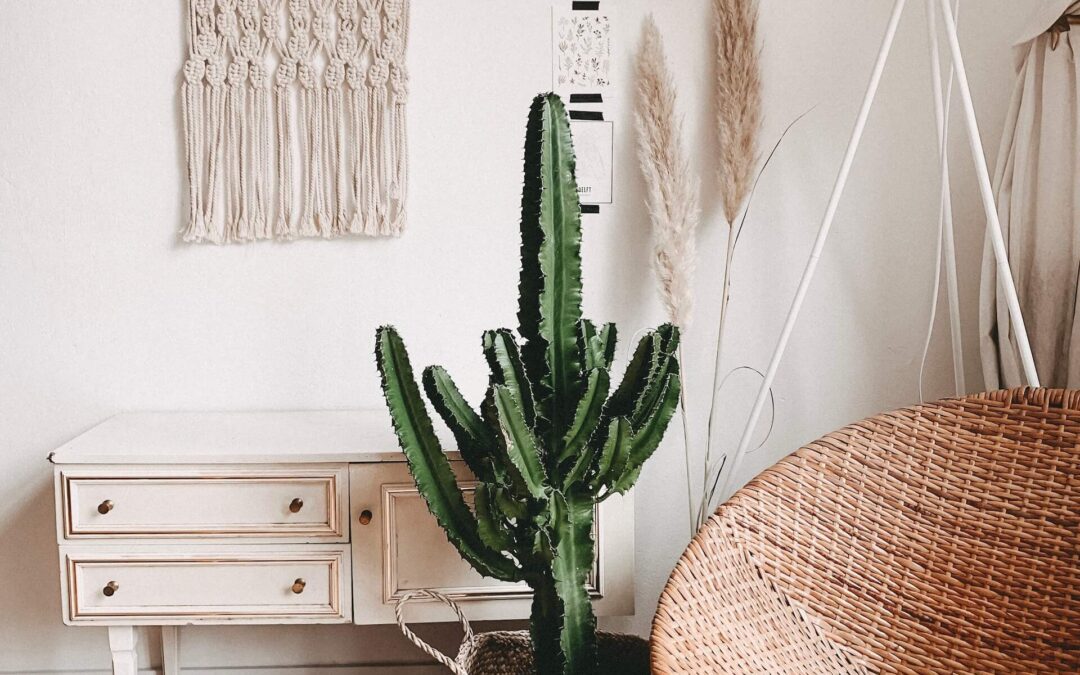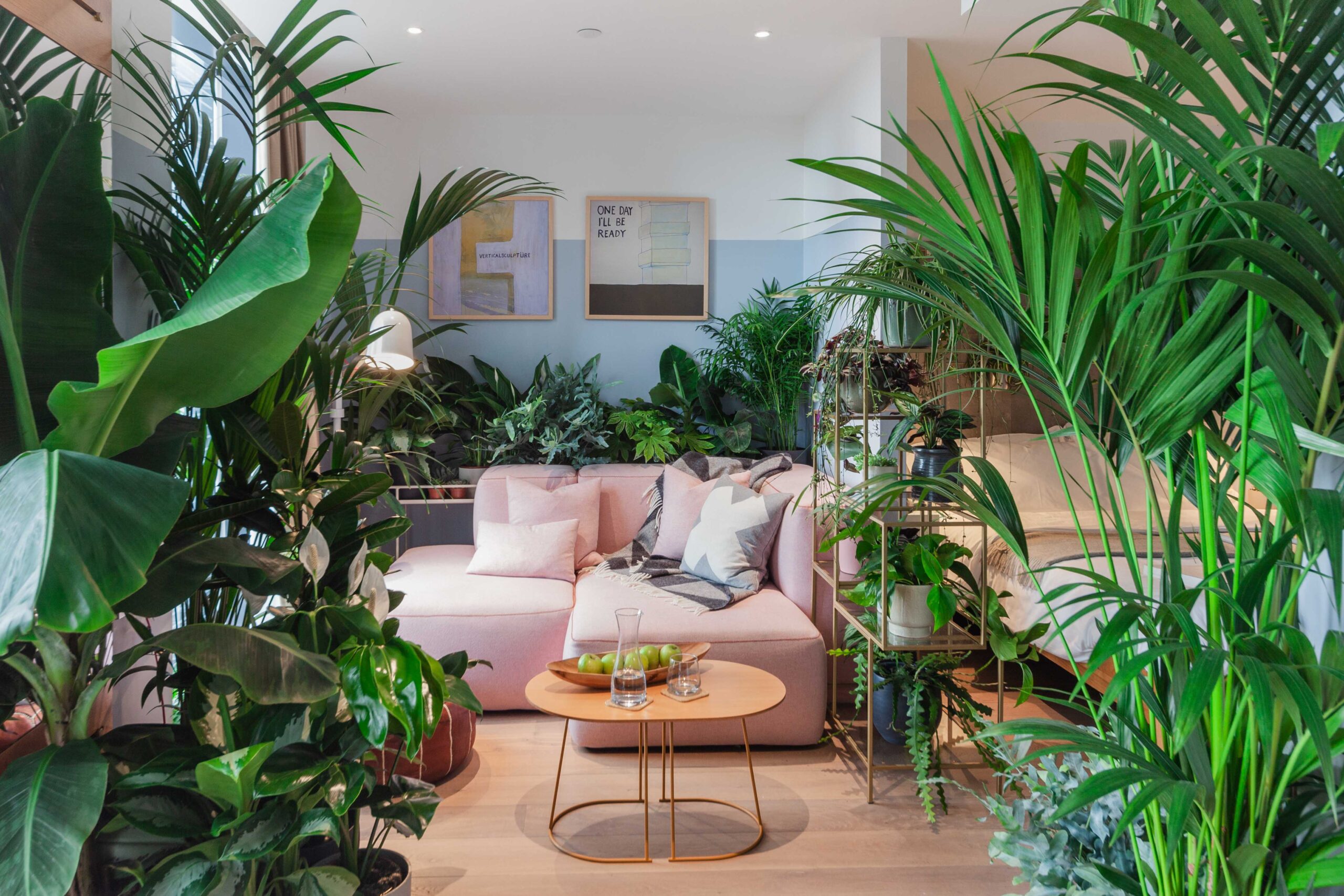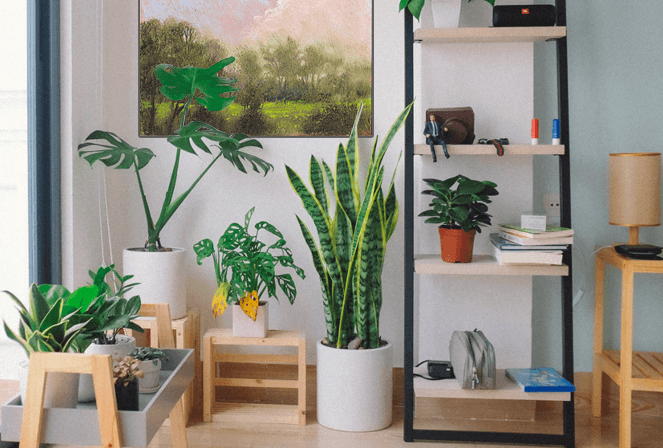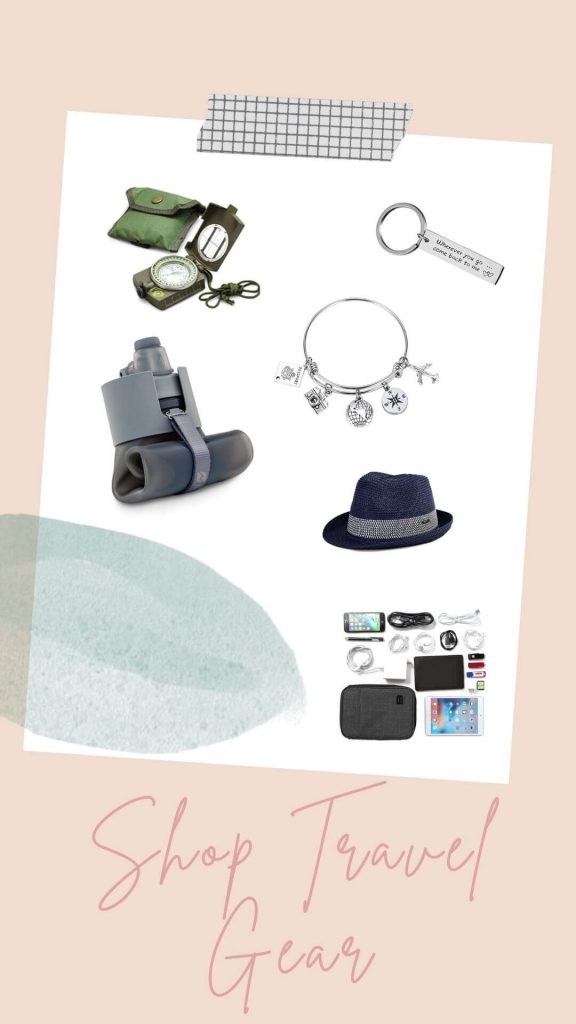In a world increasingly focused on sustainability and well-being, the concept of eco-friendly interior design is gaining immense popularity. Combining this with the harmonious principles of biophilic design creates a winning combination for those seeking a tranquil, environmentally conscious living space. Let’s delve into the realm of sustainable serenity and explore the wonderful world of eco-friendly biophilic interior design for your home.
Understanding Biophilic Design
Biophilic design is rooted in the idea that humans have an innate connection to nature. It seeks to bring the outdoors inside and create living environments that mimic natural elements. From the use of natural materials to the incorporation of plants and natural lighting, the goal is to foster a deep, meaningful connection with the natural world. The result? A sense of calm, improved well-being, and an aesthetically pleasing living space.
Biophilia and Eco-Friendliness
Eco-friendly interior design, often referred to as sustainable design, revolves around minimizing the environmental impact of your living spaces. When combined with biophilic design principles, it ensures that your home not only looks stunning but also respects the planet.
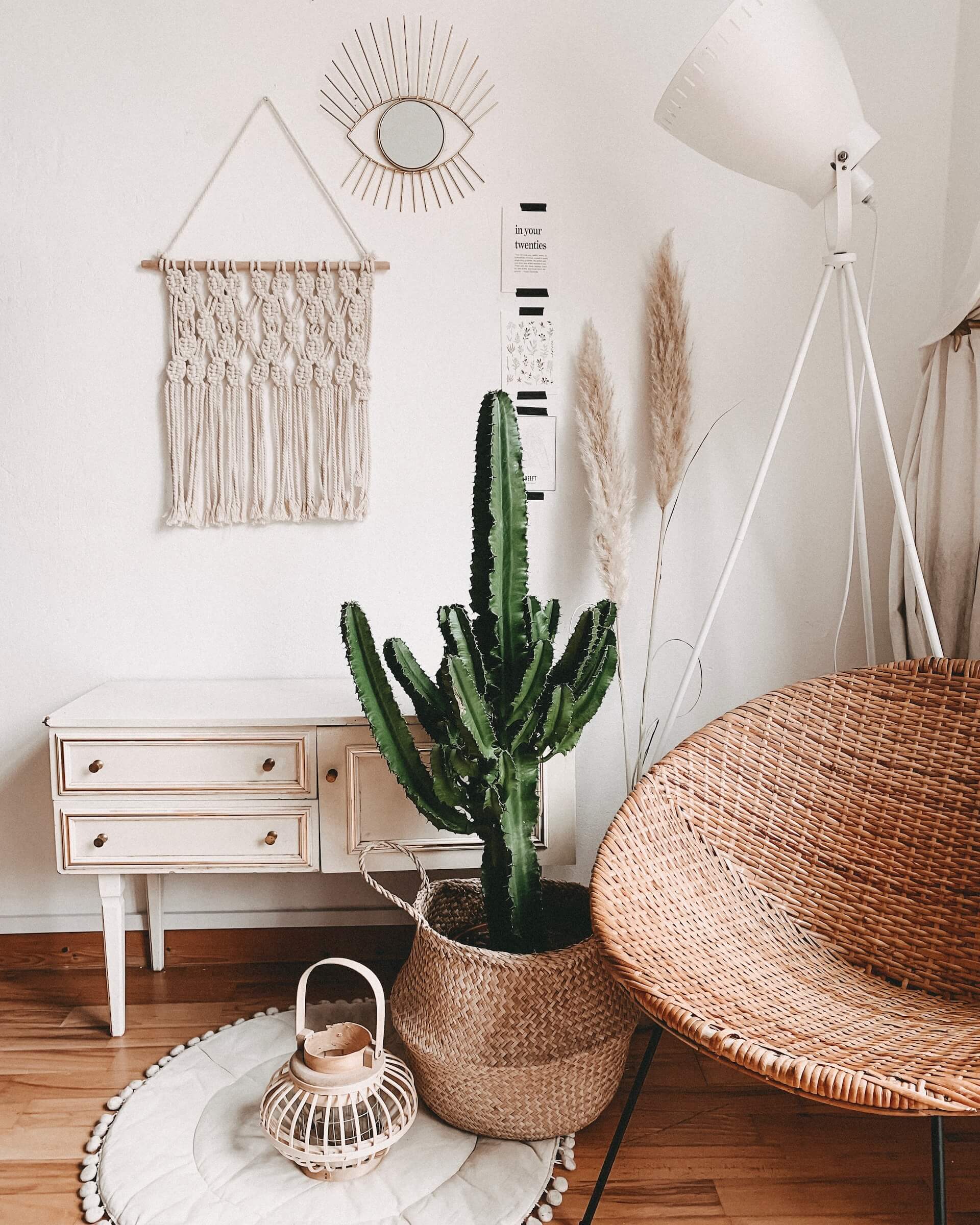
Here’s how you can achieve sustainable serenity:
Choose Sustainable Materials
When selecting furniture and decor, opt for items made from sustainable materials. Bamboo, reclaimed wood, cork, and recycled metal are excellent choices. These materials not only look beautiful but also have a lower ecological footprint.
Low-VOC Paints
Painting your walls with low-VOC (volatile organic compounds) paints minimizes indoor air pollution. Look for paints that are free from harmful chemicals and solvents, ensuring that your indoor air quality remains healthy.
Energy-Efficient Lighting
Integrate energy-efficient lighting solutions such as LED bulbs and fixtures. This not only reduces your energy consumption but also replicates natural daylight, a key element in biophilic design.
Solar and Natural Light
Where possible, maximize natural light by using large windows, skylights, and solar tubes. These not only reduce your reliance on artificial lighting but also create a strong connection to the outdoors.
Indoor Plants and Green Walls
Incorporate indoor plants into your decor. They purify the air, improve humidity, and create a calming atmosphere. Additionally, vertical green walls or hanging gardens can be stunning focal points.
Repurpose and Upcycle
Give old furniture a new lease on life by repurposing or upcycling it. This approach minimizes waste and adds a unique, character-filled element to your home.
Sustainable Fabrics
Choose textiles made from organic and sustainable materials, like organic cotton, hemp, and bamboo. These fabrics are not only eco-friendly but also comfortable and durable.
Reduce, Reuse, Recycle
Practice the three Rs in your design approach. Reduce waste by choosing durable items, reuse existing pieces, and recycle materials whenever possible.
Water Conservation
Install water-saving fixtures and appliances in your home. These not only conserve water but also reduce your utility bills.
Sustainable Decor
Select decor items that align with your eco-friendly biophilic design theme. This might include nature-inspired art, recycled glass decor, or items made from renewable resources.
A Home That Gives Back
Eco-friendly biophilic interior design isn’t just about creating a beautiful living space. It’s about reducing your environmental footprint and nurturing a connection with the natural world. With this approach, your home can become a serene sanctuary that benefits not only you but the planet as well. Sustainable serenity is about living in harmony with nature, and it’s a concept that can transform your home into a haven of well-being and eco-conscious living.
This post contains affiliate links, which means we may receive a small commission, at no additional cost to you, if you make a purchase through these links.
Photo by Alyssa Strohmann on Unsplash
More Reads

